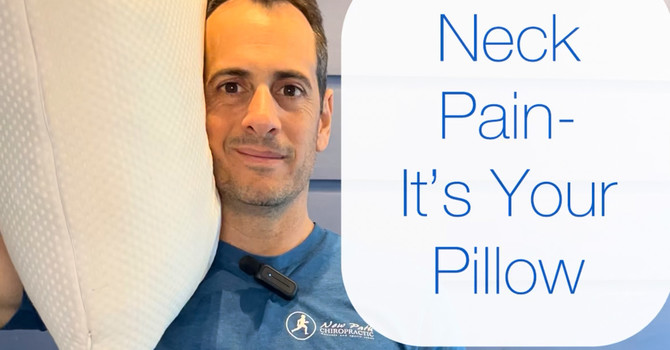
Desk Job Damage Control: Why Thoracic Spine Mobility Matters
Stuck at a desk all day? You’re not alone — and neither is your back pain. One of the most commonly overlooked areas in mobility and injury prevention is the thoracic spine, that mid-back region between your shoulder blades. When this area stiffens up from prolonged sitting or poor posture, it sets off a chain reaction that can lead to neck tension, shoulder pain, and even low back issues.
Why the Thoracic Spine Is So Important
Your thoracic spine is designed for rotation and extension — it’s meant to move. But when you spend hours slouched over a desk or staring at screens, that movement becomes restricted. Instead of staying mobile and supportive, the thoracic spine stiffens, forcing other areas of the body to pick up the slack.
How Your Body Compensates
When the mid-back doesn’t move like it should, your body starts to borrow motion from the areas above and below:
-
The neck over-rotates, often leading to tight traps, stiffness, and even tension headaches.
-
The lower back bends and twists more than it's built for, which can irritate the facet joints and cause chronic discomfort.
These compensations are your body’s way of trying to get the job done — but over time, they contribute to pain, dysfunction, and poor movement patterns.
The Benefits of Restoring Thoracic Mobility
Improving mobility in the thoracic spine pays off in more ways than one:
-
Enhances posture
-
Optimizes shoulder mechanics
-
Reduces strain on the neck and lower back
-
Improves breathing by allowing the ribcage to expand properly
In short, when your thoracic spine moves the way it’s supposed to, the rest of your body doesn’t have to work overtime.
Takeaway:
Don’t ignore your mid-back. Whether you’re dealing with daily aches or looking to prevent future injuries, restoring thoracic spine mobility is a must. It’s a small adjustment that leads to big improvements in how you feel and function.

Dr. Steve Muscari
Contact Me




